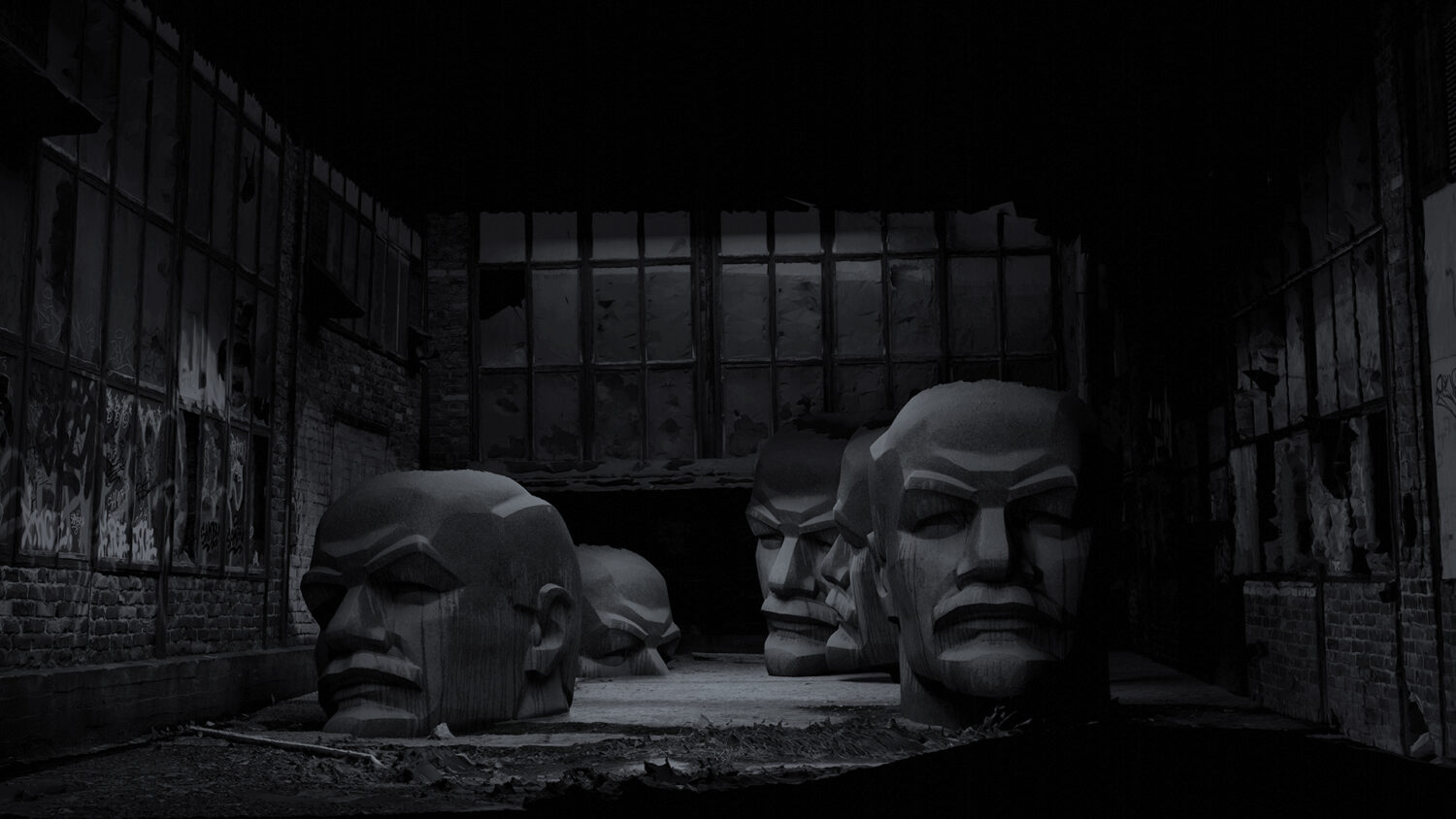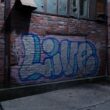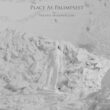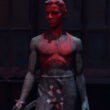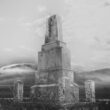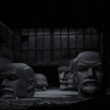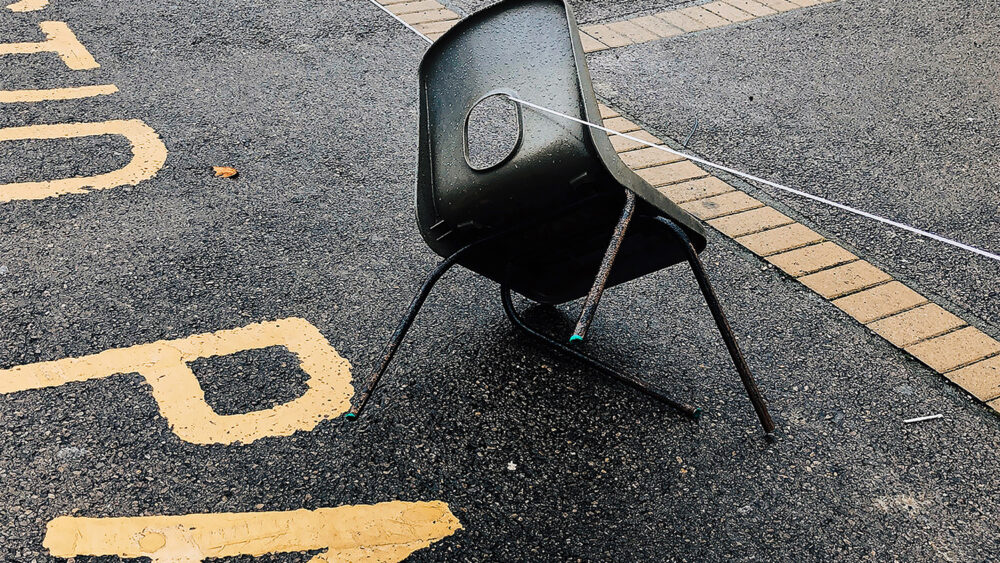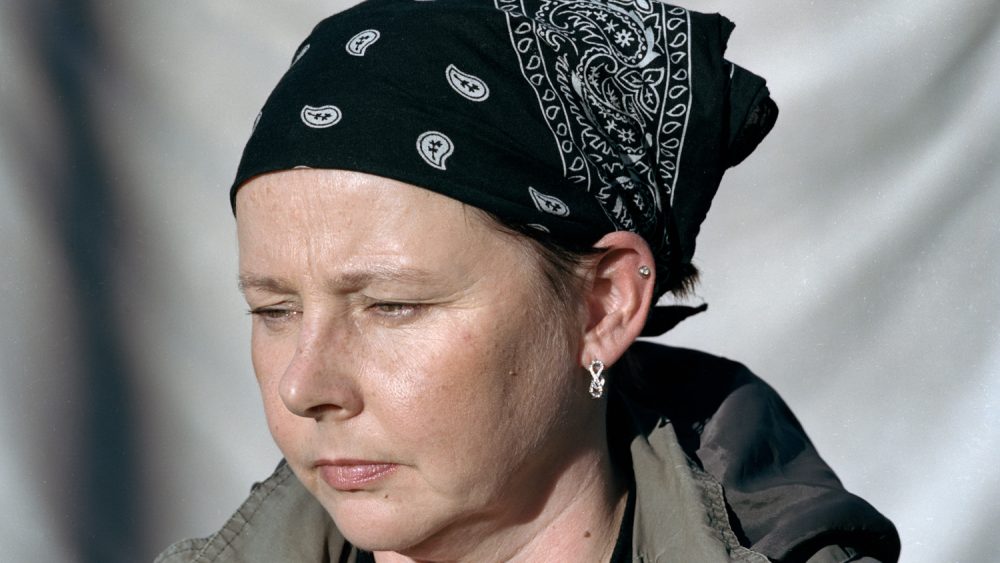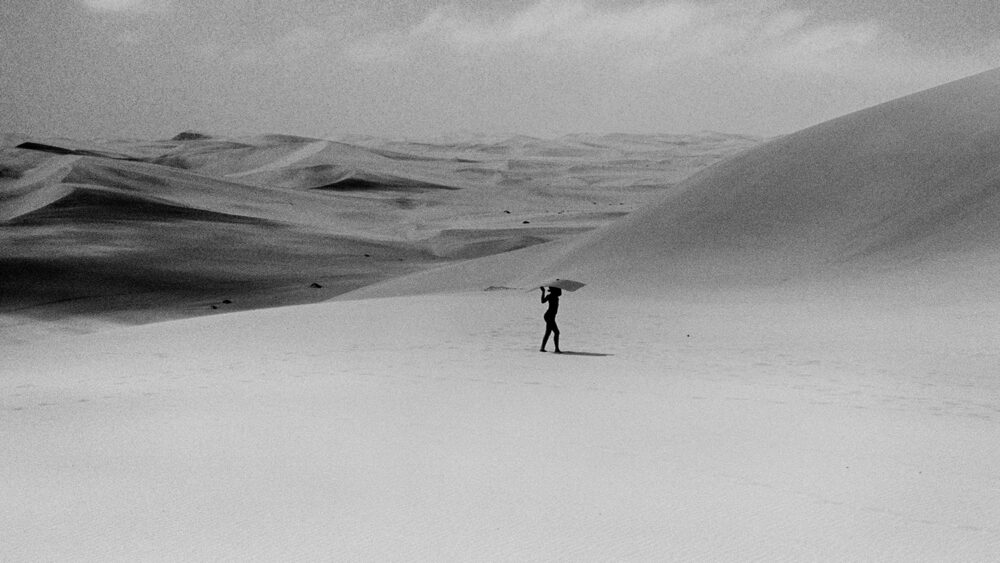Place as Palimpsest. Politics of Iconoclasm and Repositories of Infamy
Iconoclasm holds within a complex assembly of intertwining issues, ranging from real politics, conflicting memories, erasure and manipulation of history. The question that rises is “What is to be done with the legacy of tyranny? A legacy that is property of both the former victims, collaborators and members of the past regimes”.
The series ‘Place as Palimpsest’ focuses on the relationship between politics, iconoclasm and its manifestations in European cultural landscape, concentrating on the roles and underlying structures of monuments, statues and sites. Of particular interest are underlying behavioural patterns connected to emerging political movements, activism and actions of individuals and social institutions: asking under what conditions the act of defacement, iconoclasm and erasure becomes justifiable and socially normative? What are the alternative modes of operating?
As long as there has been images, there has been iconoclasm: Cities and temples razed, monuments toppled, statues ground into gravel. Revolutions are inextricably linked to iconoclasm and no revolution takes place without usurping, manipulating or acting upon the pre-existing symbols. While acts of iconoclasm can be read as acts of defacement, political statements, atavistic reaction against authority or as a breaks from the old order, they could also be understood as moments what the philosopher Bruno Latour calls ‘Iconoclash’; new images that are in itself agents of social change.
In a peculiar way, digital medium by its nature, could be considered to be more resilient than physical entities like marble, bronze or clay. By its nature of duplication, dissemination and ethereality, it can avoid the core nature of a thing; its spatial situatedness, corporeality and temporality. Several institutions have taken upon not only capturing and documenting heritage sites, but using digital platforms to raise awareness and discussions. For example, Openheritage3D and Cyark.org provide virtual exploration of places that have ignited movements for social justice to be used for educational purposes, for example.
As a medium, virtual reality allows the subject to experience art in a radically different way with its persistence, multimodality and totality of the immersive experience, the subject inhabiting the created place and space. The constructed virtual sites possess characteristics more akin to land– and installation art, instead of being digital gamified events, the subject experiences the sites as she writes herself through action, in real time of a continuously moving present. VR systems have the possibility of not being merely a non–narrated narrative, but a factory of possible stories and worlds that could have been or could become.
This rises the question if virtual sites could be utilised not only as containers and vessels, but also as sites where digital placeholders could be re(de)composed, collided, morphed or destroyed at will? Virtual sites and venues acting as Repositories of Infamy, a digital simulacra of ideologies and individuals, colliding, abrading, metamorphosing in perpetuity while creating new associations and outcomes.
Petri Juntunen is a Finnish photographer and visual artist, currently living and working in Helsinki. In his artistic practice, Juntunen studies the topics of collective memory, social constructs and various modes of existence, often using novel methods of imaging and representation including 3D scanning, photogrammetry, photo sculptures and digital installations. He has participated in several group and solo exhibitions in Europe and Finland and his works appear in private and museum collections. Monograph At The Heart Of It All was published by Hatje Cantz in 2019 and the series were extensively exhibited around Europe, including in Spain, UK, Germany and France.
